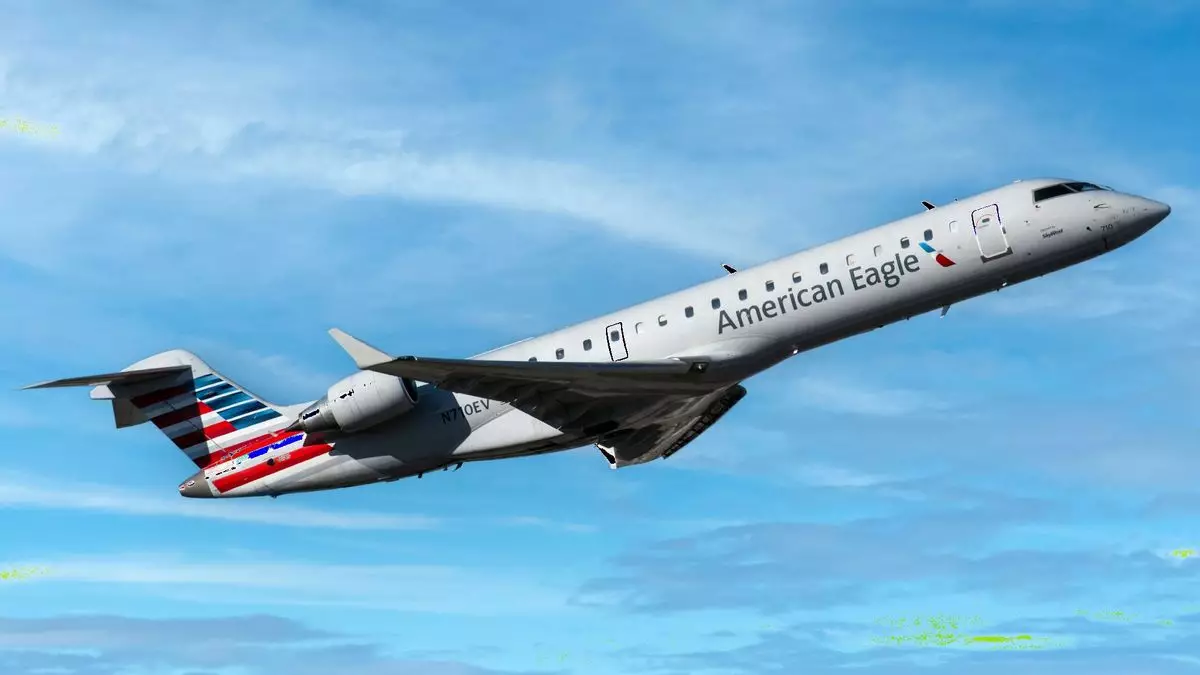The recent pilot hiring pauses by major airlines such as United and Southwest may suggest that the pilot shortage in the U.S. airline industry post-pandemic has ended. However, a closer look reveals a more nuanced reality. While mainline carriers have managed to address their pilot shortages, regional carriers, which operate flights under banners like American Eagle, United Express, and Delta Connection, continue to face challenges due to a shortage of captains. This has resulted in a record pilot attrition in 2022 and 2023, as mainline carriers absorbed their captains.
The hiring slowdown at mainline carriers could potentially provide an opportunity for regional airlines to catch up. According to Louis Smith, chairman of pilot advisory FAPA, if the hiring slowdown continues, regional airlines might be able to pull their larger aircraft out of storage and expand their operations to full schedules. This growth could enable major carriers to enhance their mainline operations with a more extensive network of regional routes, ultimately boosting demand and profitability.
United’s decision to pause hiring in May and June, as well as Southwest’s indefinite hiring pause, are clear indications of the broader hiring slowdown among major airlines. For the first two months of the year, the ten largest mainline U.S. airlines hired fewer than 1,700 pilots, compared to over 2,200 in the previous year. This slowdown was somewhat expected after the significant pilot hiring surge in 2022 and 2023, during which around 13,000 pilots were hired, a substantial increase from the pre-pandemic pace.
One of the primary challenges faced by regional carriers is the shortage of captains, who are required to have logged at least 1,000 hours at a commercial airline. This lack of available captains has led to grounded aircraft across various regional carriers. SkyWest, the largest U.S. regional carrier, reported being approximately 1,000 pilots short of its pre-pandemic numbers. While there has been a surge in the issuance of new Air Transport Pilot licenses over the past two years, regional carriers continue to struggle with captain shortages.
The shortage of pilots, particularly captains, has forced regional carriers to ground a significant number of aircraft. American, United, and Delta have had a substantial number of regional jets and planes parked due to the shortage of captains. American, in particular, does not expect to have its full complement of regional aircraft back in service until 2026. This shortage has also resulted in increased salaries for regional pilots, with first-year pay seeing a significant increase.
Despite the current hiring slowdown among mainline carriers, the long-term pilot supply outlook remains uncertain. Consulting firm Oliver Wyman has forecasted a pilot shortfall across North America that is likely to persist for the next decade. Mandatory retirements at age 65 and industry growth will present challenges in resolving the shortfall, even with the current elevated pace of pilot certifications. The broader economic landscape and consumer demand will also play a crucial role in determining the future of pilot supply in the U.S. airline industry.
While the pilot hiring pauses at major airlines indicate a temporary respite for regional carriers, the underlying challenges of captain shortages and pilot attrition persist. The industry will need to adapt and innovate to address these issues effectively and ensure a sustainable and stable pilot workforce for the future.

